Lucy Spacecraft – Deep Space Traveller To Jupiter’s Trojan Asteroids
First Mission To The Trojans!
Lucy is a planned NASA mission to fly-by 5 Jupiter Trojan asteroids, along with a main Asteroid belt object, and is set to launch in 2021 and last 12 years. This will be a really cool mission that I’ll definitely be following as it’ll be the first time a spacecraft has visited a Jupiter Trojan!

Interesting Facts About The Lucy Spacecraft Mission!
- The Lucy mission was chosen as part of NASA’s Discovery series of missions along with the Psyche mission which will also visit an asteroid.
- Lucy will be the first spacecraft to visit the Jupiter Trojans visiting the three main types (referred to as the C -, P- and D- type asteroids) promising to reveal the diversity of the primordial bodies that built the planets!
- The mission’s name is inspired by the name of the fossil of the early human hominin ‘Lucy’ because Astronomers believe that the Jupiter Trojan asteroids could be the remains of primordial building blocks that are left over from the early birth of our Solar System!
- The instruments that Lucy will carry include's several ‘state of the art’ cameras, thermal infrared spectrometer and a radio science instrument, that will help determine the mass of the Trojan bodies!
- Lucy will launch in October 2021, but it will be 12 years until Lucy reaches its final target at the L4 Lagrangian point – a couple binary asteroids over 110 km diameter orbiting one another. Targets and flyby dates:
- 20 April 2025: 52246 Donaldjohanson, 4 km diameter C-type asteroid in the inner main belt.
After the flyby of Donaldjohanson asteroid, the probe continues its unusual orbit towards the Jupiter trojans at the L4 Lagrangian point.
- 12 August 2027: 3548 Eurybates, 64 km diameter C-type Jupiter trojan.
- 15 September 2027: 15094 Polymele, 21 km diameter P-type Trojan.
- 18 April 2028: 11351 Leucus, a 34 km diameter D-type slowly rotating Trojan.
- 11 November 2028: 21900 Orus, a 51 km diameter D-type Trojan at L4.
After flying by these trojans (‘Greeks’) that orbit ahead of Jupiter by 60°, Lucy will swing back to the inner Solar System where it will receive a gravity assist from Earth to propel it to the L5 Trojan cloud.
- 2 March 2033: 617 Patroclus and Menoetius which are P-type binary Trojans with mean diameters of 113 km and 104 km respectively. The pair orbit at a separation of 680 km.
- After flying by the Patroclus-Menoetius binary in 2033, Lucy will continue cycling between the two Trojan clouds every six years creating a pretzel-shaped orbit!
I can’t wait to see what the Lucy mission discovers!
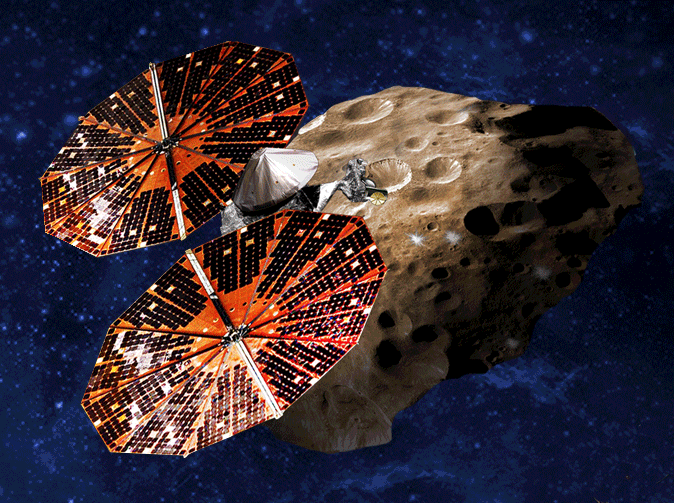
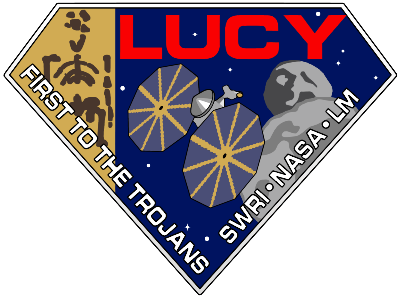
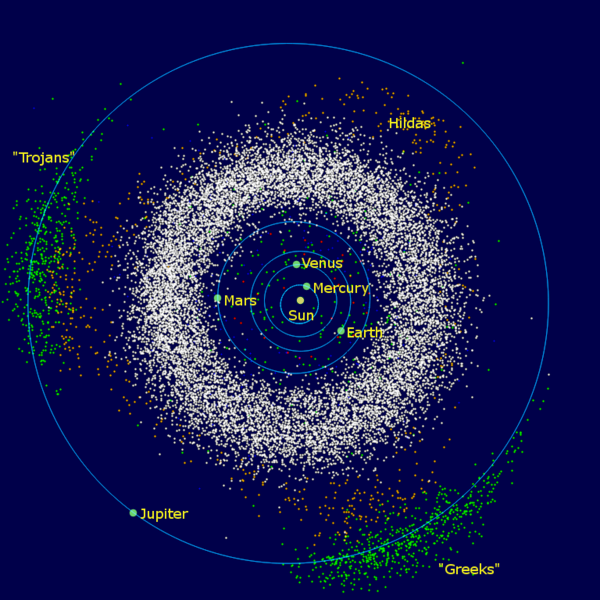
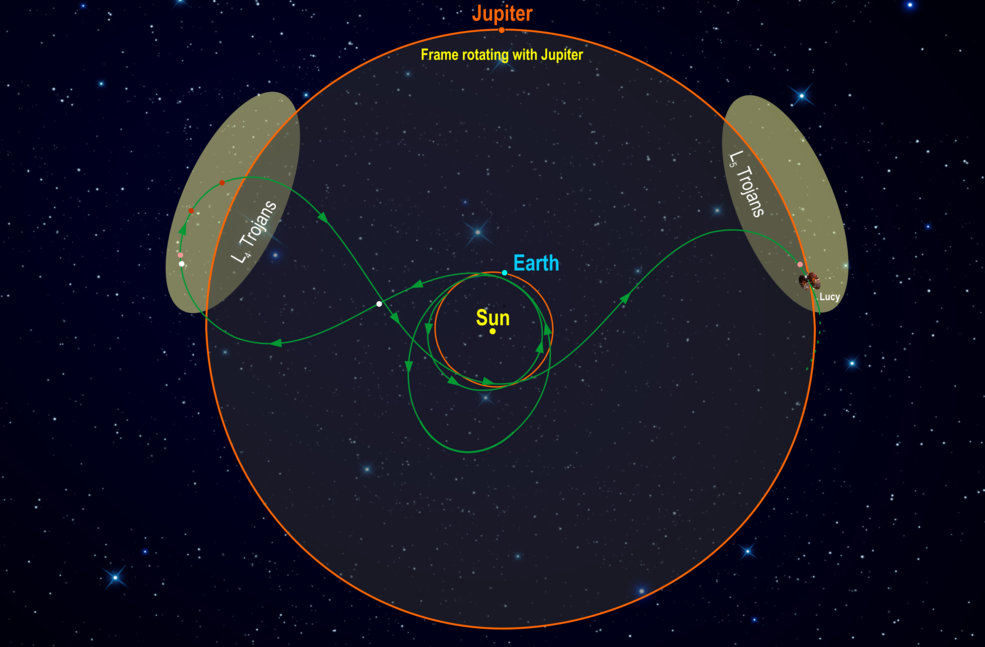
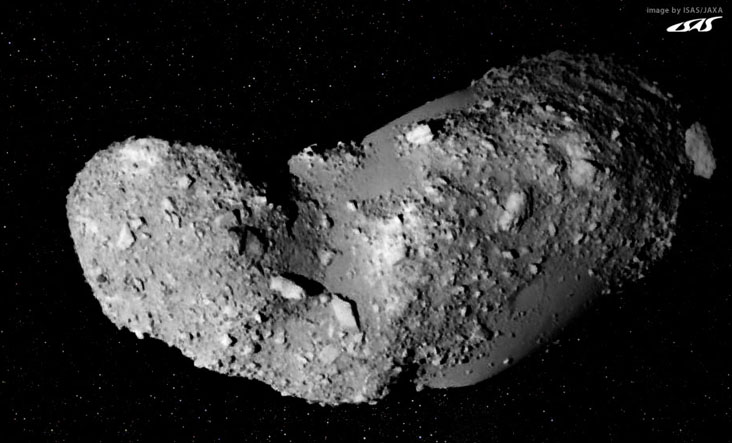
Lucy Spacecraft
Lucy Insignia
Inner Solar System Objects
Lucy Orbit
Asteroid Itokawa
